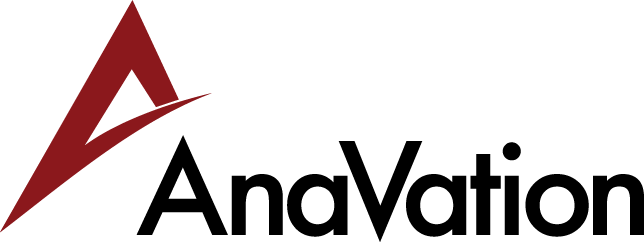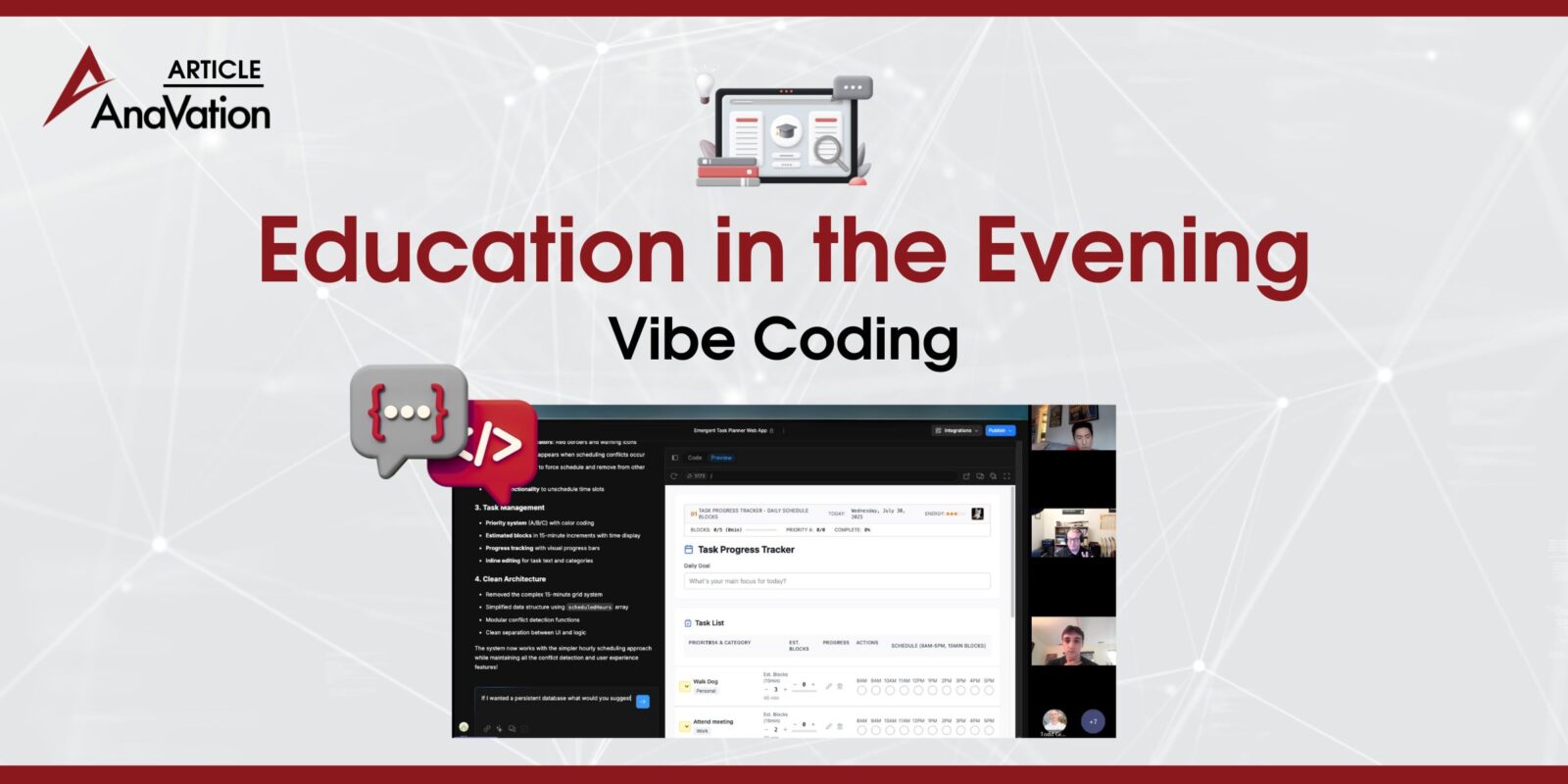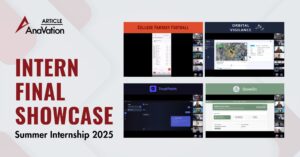Our latest Education in the Evening (EiTE) session featured Tom S., Principal of Cyber Technologies and Program Manager, who presented to our AnaVators a fast-emerging approach to software development—“Vibe Coding.” This method involves using AI tools and integrated development environments (IDEs) such as ChatGPT, Bolt, Claude, or Cursor to write code with minimal human input. Unlike traditional AI-assisted coding or pair programming, where developers maintain close control over code structure and correctness, vibe coding emphasizes rapid experimentation. It’s especially valuable for quick prototyping, testing new ideas, or developing proof-of-concept applications without the delays of a fully manual build process. Developers provide project descriptions to large language models, evaluate the generated output, and iteratively refine it—often accepting AI-suggested completions liberally. The goal is to accelerate prototyping, push applications to production faster, and explore new ideas without getting bogged down in micromanaging each line of code.
Tom shared his journey exploring AI tools, starting with experimenting in ChatGPT, then building application interfaces with Bolt. His curiosity led him to research Agentic AI capabilities, shift focus to AI-assisted development with Claude Code, and eventually incorporate Grok 4 into his workflow. Today, his tech stack includes VSCode, Bolt for prototyping user interfaces, Claude Code for development, and Grok 4 for planning and testing.
The highlight of the evening was Tom’s live demonstration of building a task planner app in real time using Bolt. He demonstrated how prompt engineering can help AI tools generate high-quality results. In just a moment, Bolt’s prototyping plan included core features, design elements, architecture, Node.js libraries, and complete code ready for repository integration. Tom further illustrated how refining prompts and commands could enhance the functionality, layout, and user experience of the prototype. He also delved into explaining query tokens, shared best-use scenarios, and showed how each AI-generated update came with a rationale for its choices. Remarkably, in only 40 minutes, Tom had put together a fully functional and publishable task planner application. While it wasn’t fully optimized, the process demonstrated how powerful and efficient AI tools can be for application development.
The presentation concluded with an open discussion on the benefits, risks, and considerations before adopting AI in application development, and whether this is the direction the industry is heading. This session offered an insightful look into how AI is reshaping development practices, showing that with the right tools and approach, building applications can be faster, more experimental, and more accessible than ever before. Thank you to Tom for leading a great, informative introduction to vibe coding! AnaVators, stay tuned for the next evening of learning!





